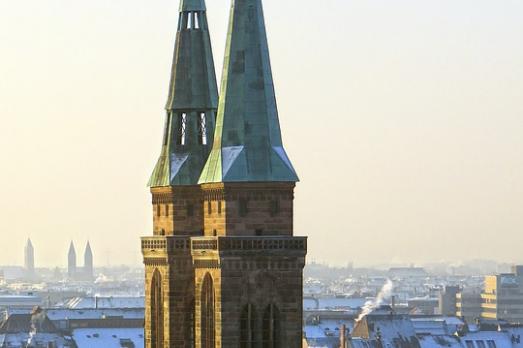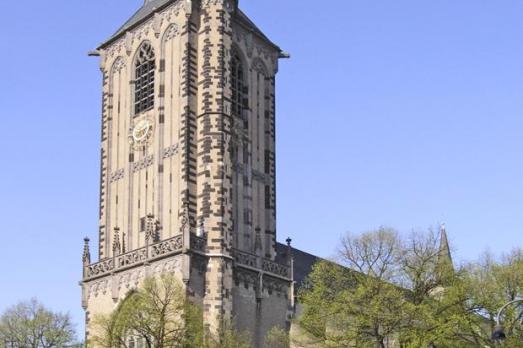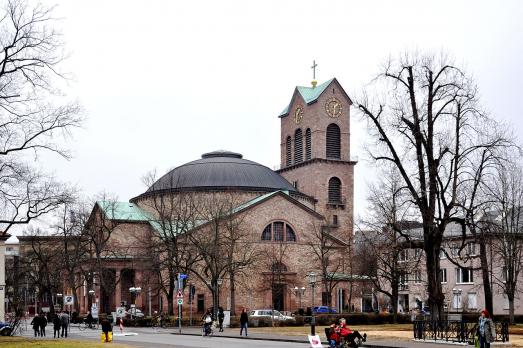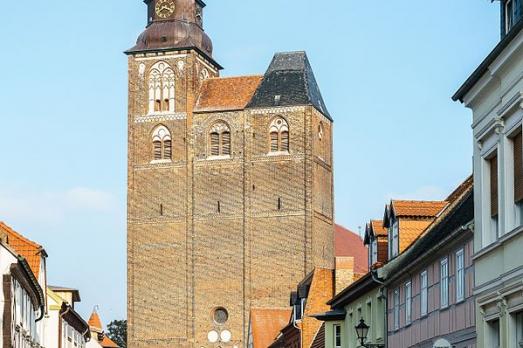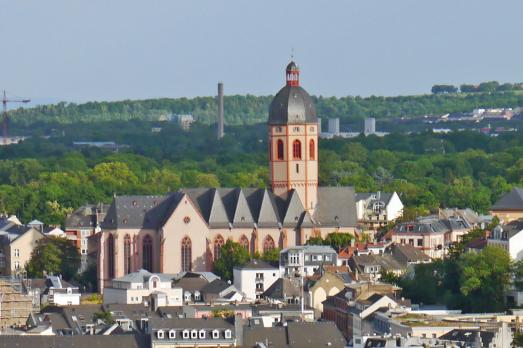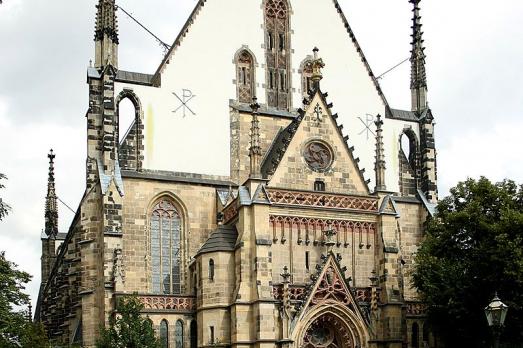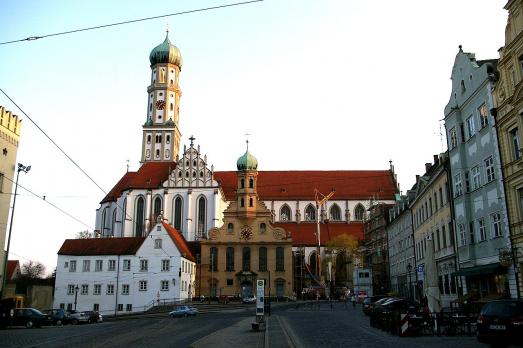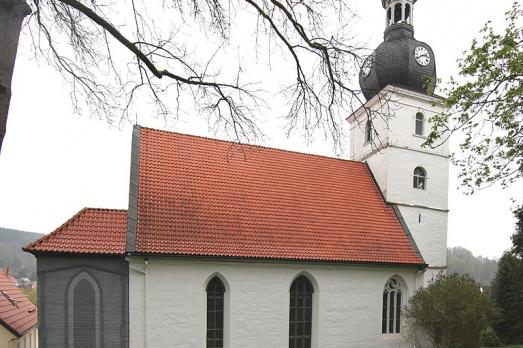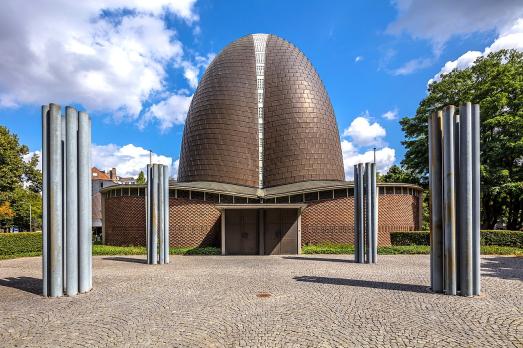
St. Rochus Church, Duesseldorf
Duesseldorf, DE
After the former Emperor Wilhelm Memorial Church (1891-1895, Franz Schwechten) in Berlin was destroyed during World War II, a competition for its reconstruction was announced. The new church was built between 1959 and 1961 by Egon Eiermann as a modern counterpart of the remains of the previous historistic building. The iconic architecture and the damaged bell tower of the former church are world-renowned symbols of peace and reconciliation.
